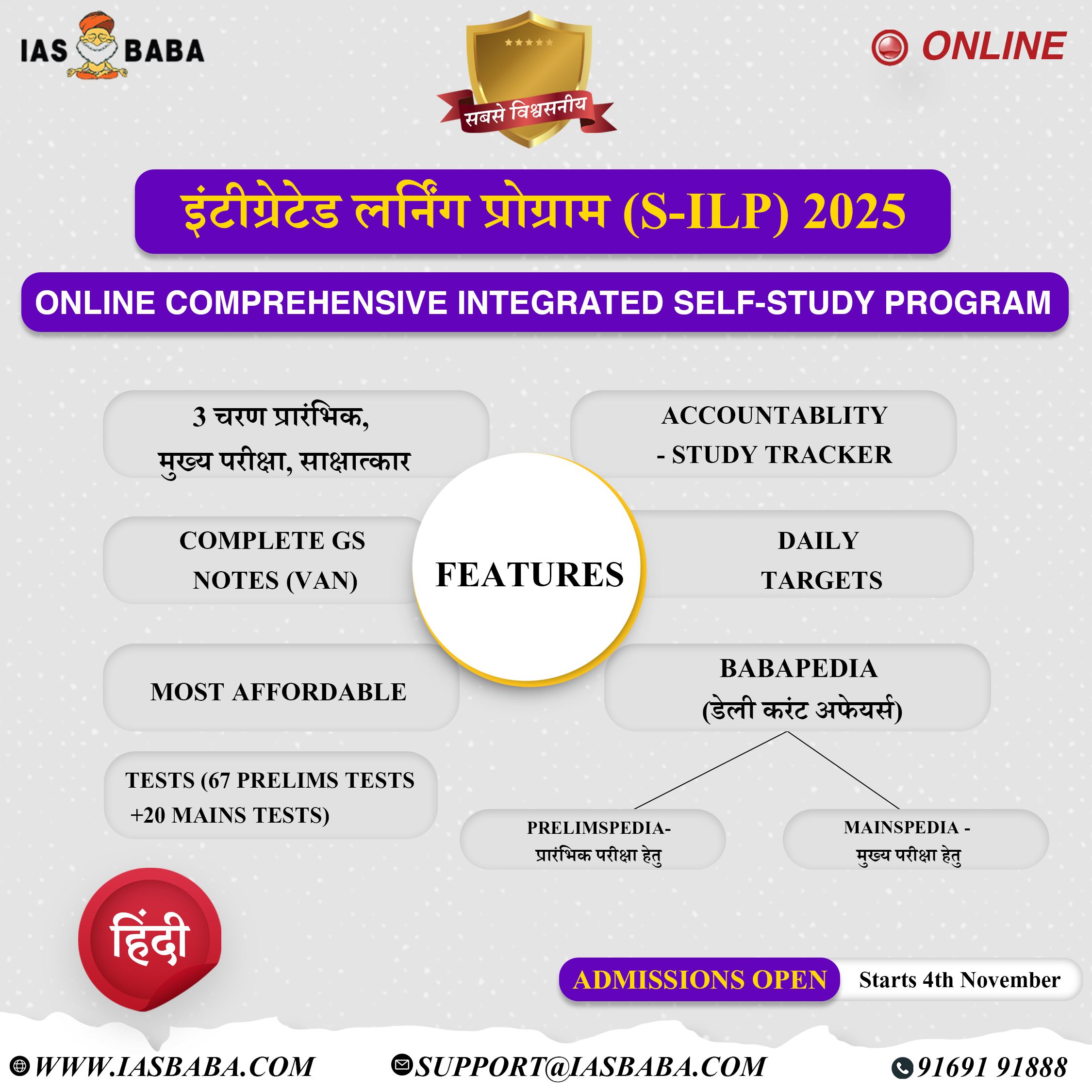Economics
In News: India’s manufacturing industry remained robust and expanded at a faster pace indicating a strong improvement in the health of the sector.
- The seasonally adjusted S&P Global India Manufacturing Purchasing Managers’ Index (PMI) rose to 55.3 in October from 55.1 in September
- Predictions of better sales and marketing efforts were among the reasons cited for upbeat projections.
About:
- Business volumes rose and led to the hiring of extra workers
- Manufacturing employment rose
- Factory orders increased.
- Rise in input purchasing
- Capacities were again expanded to accommodate for improving sales.
- Consumer goods was the best-performing category.
- The overall rate of cost inflation was the second-weakest for two years.
- A modest increase in input lead times.
About PMI:
- PMI or a Purchasing Managers’ Index (PMI) is an indicator of business activity — both in the manufacturing and services sectors.
- It is a survey-based measures that asks the respondents about changes in their perception of some key business variables from the month before.
- It is calculated separately for the manufacturing and services sectors and then a composite index is constructed.
- The index is compiled by S&P Global from responses to questionnaires sent to purchasing managers in a panel of around 400 manufacturers.
- The PMI is derived from a series of qualitative questions. Executives from a reasonably big sample, running into hundreds of firms, are asked whether key indicators such as output, new orders, business expectations and employment were stronger than the month before and are asked to rate them
- A figure above 50 denotes expansion in business activity. Anything below 50 denotes contraction.
- Higher the difference from this mid-point greater the expansion or contraction. The rate of expansion can also be judged by comparing the PMI with that of the previous month data. If the figure is higher than the previous month’s then the economy is expanding at a faster rate. If it is lower than the previous month then it is growing at a lower rate.
- The PMI is usually released at the start of the month, much before most of the official data on industrial output, manufacturing and GDP growth becomes available. It is, therefore, considered a good leading indicator of economic activity and of industrial output
- Central banks of many countries also use the index to help make decisions on interest rates.
- The PMI also gives an indication of corporate earnings and is closely watched by investors as well as the bond markets.
Source: Indian Express
Previous Year Question
Q1.) In India, in the overall Index of Industrial Production, the Indices of Eight Core Industries have a combined weight of 37.90%. Which of the following are among those Eight Core Industries? (2012)
- Cement
- Fertilizers
- Natural Gas
- Refinery products
- Textiles
Select the correct answer using the codes given below
- 1 and 5 only
- 2, 3 and 4 only
- 1, 2, 3 and 4 only
- 1, 2, 3, 4 and 5
Q.2) In the ‘Index of Eight Core Industries’, which one of the following is given the highest weight? (2015)
- Coal production
- Electricity generation
- Fertilizer production
- Steel production
Q.3) India’s ranking in the ‘Ease of Doing Business Index’ is sometimes seen in the news. Which of the following has declared that ranking? (2016)
- Organization for Economic Cooperation and Development (OECD)
- World Economic Forum
- World Bank
- World Trade Organization (WTO)











